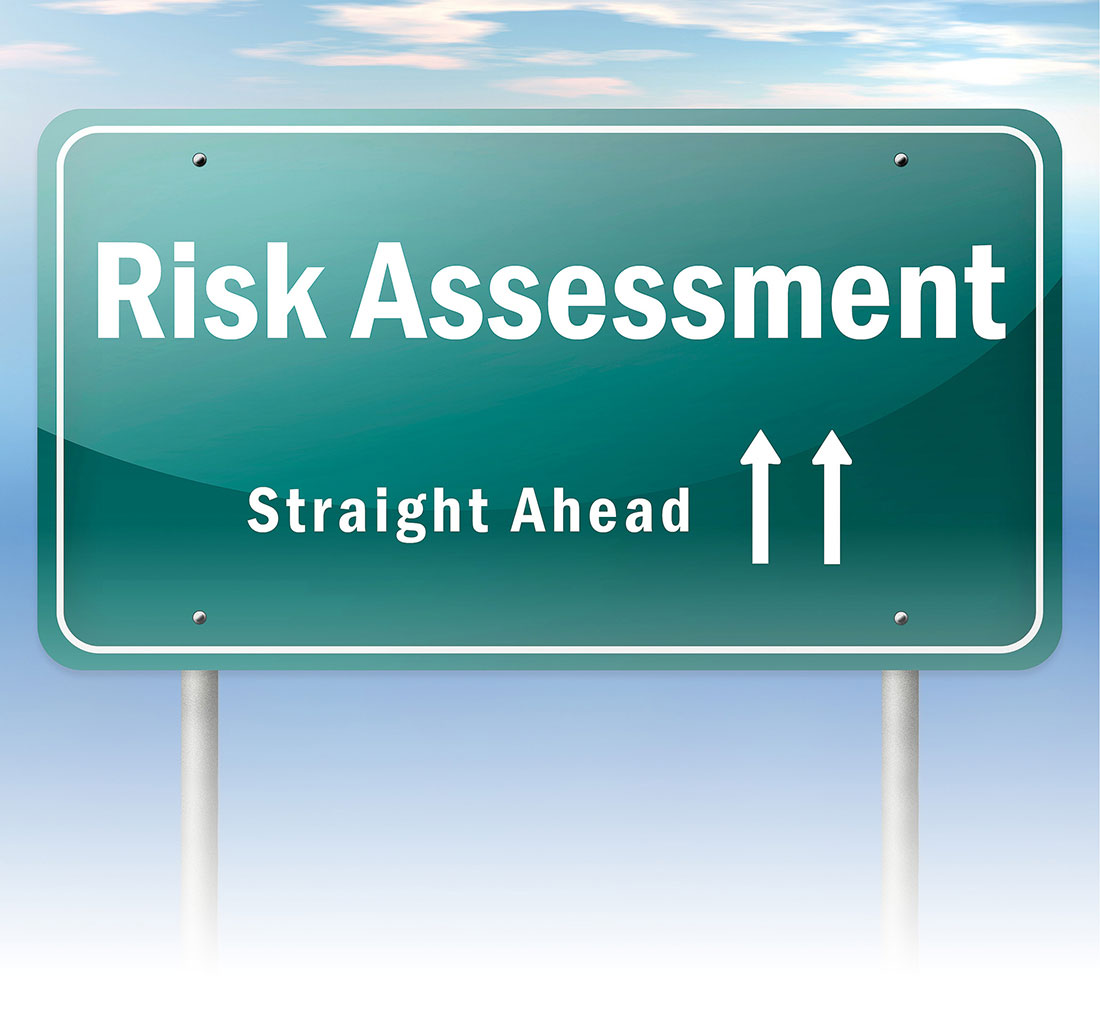Owen alumni consistently explore and gain lifelong learning. In this issue, Vanderbilt Business turns to Brendan Moynihan, adjunct professor of management, for lessons from his best-selling co-authored book, What I Learned Losing a Million Dollars. Although that book focuses on investing (and losing), the lessons Moynihan imparts are applicable to any type of risk or uncertainty.
 Risk is part of life. How one deals with it—whether in the workplace, on Wall Street or in personal life—can make the difference between anxiety and healthy thinking. Financial risk-takers—business people, entrepreneurs and investors alike—try to mimic successful predecessors in making money, often without realizing those folks made their fortunes in vastly different ways. The Walton billions came from a low-margin business; the Gucci fortune was made in a high one. John Templeton’s advice to “Diversify your investments” clashes with Warren Buffett’s advice to “Concentrate your investments. If you have a harem of 40 women, you never get to know any of them very well.”
Risk is part of life. How one deals with it—whether in the workplace, on Wall Street or in personal life—can make the difference between anxiety and healthy thinking. Financial risk-takers—business people, entrepreneurs and investors alike—try to mimic successful predecessors in making money, often without realizing those folks made their fortunes in vastly different ways. The Walton billions came from a low-margin business; the Gucci fortune was made in a high one. John Templeton’s advice to “Diversify your investments” clashes with Warren Buffett’s advice to “Concentrate your investments. If you have a harem of 40 women, you never get to know any of them very well.”
While there are a myriad of ways to make money, there are relatively few ways to lose it. And those few spring not from the business model or investment approach, but from psychological factors that relate to any kind of risk-taking.
It’s not personal
First, risk-takers are prone to personalize a loss and thereby internalize what is actually external. Losing one’s keys or money is external; losing a loved one is internal.
People personalizing a loss may exhibit the five stages of internal loss. Originally applied to patients diagnosed with terminal illnesses, these stages relate to any kind of loss: denial, anger, bargaining, depression and acceptance.
Compounding this is that most people equate loss with being wrong, a mistake that starts in childhood when we lose points for wrong answers on tests in school. Thinking of the loss this way internalizes what should be an external loss.
What kind of risk is it?
Second, risk-takers confuse the two main types of risk activities and behave more like risk-makers instead. Inherent risk is associated with the normal course of running a business or investing in the capital markets. Management guru Peter Drucker describes it as risk that is coincident with the commitment of present resources to future expectations.
Created risk arises from people betting or gambling. In betting, the person proved right about the outcome of an uncertain event wins the stakes.
Similar to the first mistake, this personalizes decisions; people want to be right, not wrong. Entrepreneurs and investors sometimes make the mistake of thinking that they are dealing with inherent risk in their ventures, when in fact they are actually creating risk by betting or gambling. In other words, it is a function of why they are making certain decisions rather than the venue which determines whether they are betting or gambling. They become more interested in being right than in making money.
Success can be built upon repeated failures when the failures aren’t taken personally; likewise, failures can be built upon repeated successes when the successes are taken personally.
Avoid emotionalism
Third, be cautious of making emotional decisions. Some risk-takers mistakenly believe that greed and fear are the two driving emotions when committing capital to an uncertain future. Instead, it is hope and fear that drive the risk-taker. Both emotions are at work constantly and simultaneously.
For example if you own a stock and its price is rising, you hope it will continue to rise but simultaneously fear it will not. Whichever emotion is dominant dictates whether you will hold the position or sell it. If fear dominates and you sell the stock, you will immediately start to hope that it will decline (so you can be proved right), but fear it won’t.
The emotions of hope and fear are neither good nor bad; they simply are. Emotions per se cannot be avoided. On the other hand, emotionalism, decision-making based on emotions, can and should be avoided.
Forget right and wrong
The key to understanding how external losses become internalized, why one confuses the different types of risk activities, and why one makes emotional decisions lies in knowing the subtle differences between facts and opinions.
A fact is something that has been objectively verified. Facts are neither right nor wrong; they simply are. Opinions are personal assessments and are right or wrong depending on whether they actually correspond with the facts. Therefore, only opinions can be right or wrong; facts cannot be.
Right and wrong are inappropriate descriptions of business operations and investment decisions, and so are the terms win and lose. These business activities are about making decisions that will prove profitable or unprofitable only in the future. In making decisions and taking risks, avoid thinking of them as fraught with potential loss, as right or wrong. When you characterize decisions as right or wrong, you trigger these three biggest mistakes.

Leave a Reply